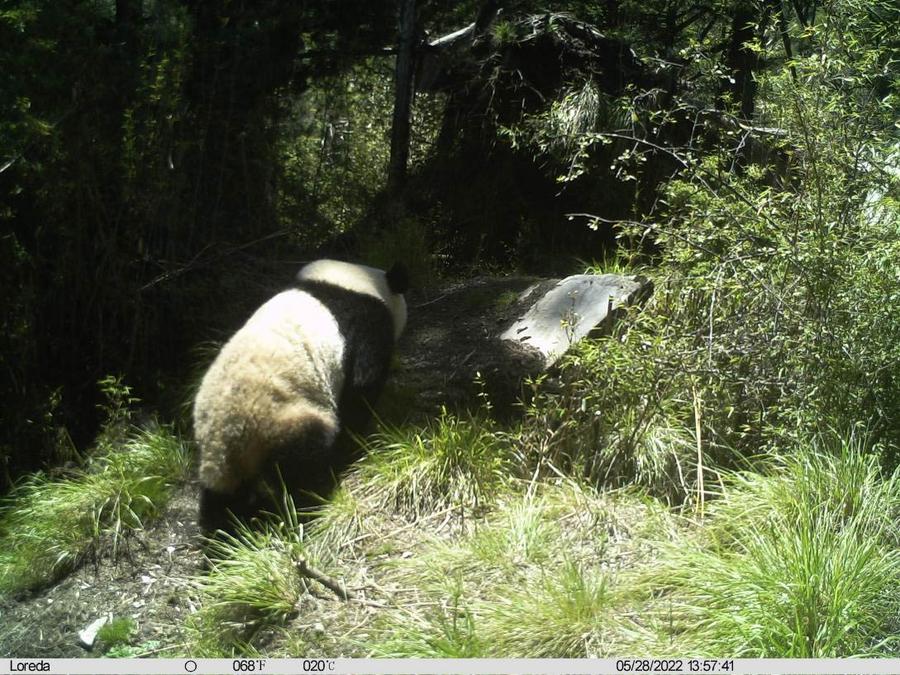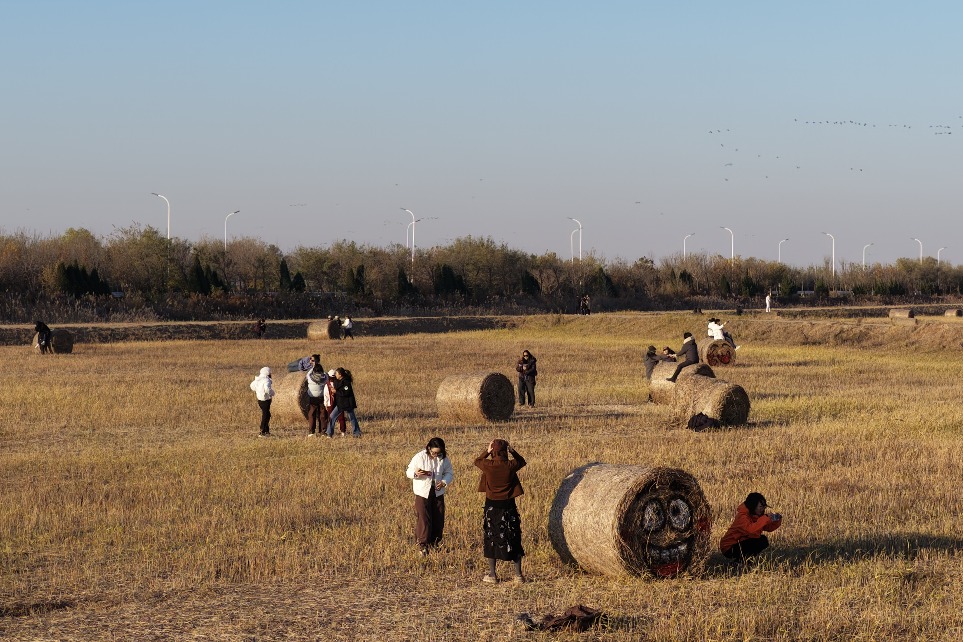National park boosts panda population, exploring harmony between humans and nature


MAKING WAY FOR PANDAS
For Shen, who grew up in Wolong, a heartland of giant pandas, his connection with pandas traces back to childhood. "While herding cattle as a boy, I would occasionally encounter wild pandas. Sometimes they even wandered into my herd," he recalled.
This deep-rooted bond eventually drew him back from coastal cities to serve as a forest ranger in 2012, deepening his understanding of his elders' teachings: "We have always been closely tied to giant pandas. We protect them, and in return, these spiritual creatures 'bless' us."
Over the years, Shen has witnessed how this ancient wisdom of coexistence has evolved with the times.
For a long time, the giant panda's habitat has been fragmented by human infrastructure and natural barriers. As a result, the wild panda population is divided into 33 isolated subpopulations, raising concerns among experts over inbreeding and localized extinction.
The launch of the national park marked a turning point. Spanning parts of Sichuan, Shaanxi and Gansu provinces and home to 1,340 wild pandas, the park has a key mission: creating ecological corridors to facilitate genetic exchange among panda groups.
"We restore vegetation, close roads that separate panda groups, and reduce human activity in key areas to reconnect these isolated patches so that pandas can visit their 'neighbors,'" explained Wu Lin, an ecological restoration engineer.
A vivid example of such efforts is seen in the construction of the high-speed railway linking Chengdu and Jiuzhaigou. The route was deliberately detoured to preserve a panda corridor, increasing the construction by 20 percent but achieving positive ecological results. In recent years, field monitoring has found local panda populations reproducing, and wild pandas were spotted in a closed mine, "taking over" the space vacated by humans.
So far, six giant panda corridors have been established, connecting 13 isolated giant panda populations.
The intensified protection of pandas has also unlocked new opportunities for local communities. In Luoyigou Village, within the park's Tangjiahe Nature Reserve, the initial restrictions posed challenges for residents who had long depended on the mountains for their livelihoods.
Yet as the ecosystem thrived and tourist numbers surged, new opportunities emerged. Some villagers transformed their homes into roadside guesthouses and restaurants, while others turned to beekeeping, significantly boosting their incomes.
"Sustainable conservation isn't about isolation; it should be an inclusive effort that benefits both wildlife and people," said Wang Lu of the Tangjiahe reserve management department.
























